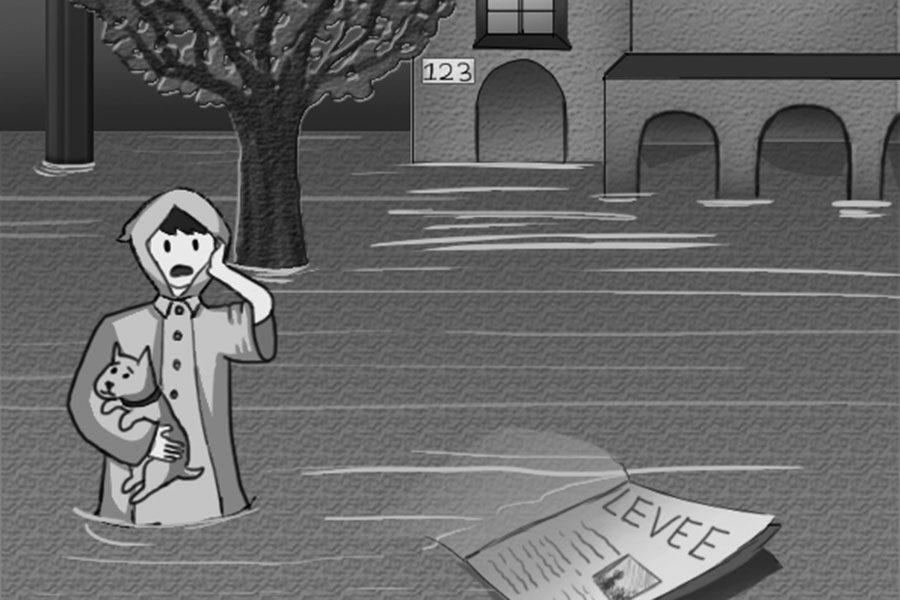Who is prepared for a natural disaster?
My house is usually quite loud with seven people doing their daily hustle and bustle. However, on the stormy night of Jan. 6, while I had my hands plunged in soapy water, our house was taken over by deafening silence and blinding blackness. The power was out.
I began searching for light sources only to find that my only hope would be a few decorative candles we had on coffee tables and desks. Without technology I had nothing else to do so I decided to lie in my bed until I fell asleep. My mind began racing, like any normal person without distractions would, and I fell upon this question. How many of us are prepared for a natural disaster to happen?
As time ticked past I thought of the possibility of this power outage extending for days. If the storm had continued to thrash through Stockton for more time than it did, families wouldn’t have the means to keep going about normal life, especially in the cold of winter.
In the case of a power outage an average household would lose the use of refrigerators, water heaters, stoves and many other necessary amenities. In more extreme circumstances the possibility of losing the use of gas and water lines would not be out of the question. To many of us the idea of a natural disaster sweeping away all our resources seems outlandish, but with climate change on the rise your average tropical storm easily becomes a full on hurricane.
Of course, the furthest thing from the minds of residents of Northern California is hurricanes but right here in our city of Stockton we face the risk of flood every rainy season. Growing up I’ve heard my father say about a thousand times that the levees could “break” any day. While this might be irrational anxiety the possibility of the levees eroding or flooding could easily become a reality.
The city of Stockton has taken steps to raise the levees and repair them. On Aug. 22, 2018, the Chief of Engineers with the US Army Corps of Engineers signed a report that would pass the Lower San Joaquin River Flood Risk Management Feasibility Study to Congress. This study essentially proved that the levees in the Lower San Joaquin area need repairing.
Although this is a step towards preventing the risk of Stockton undergoing major flooding, in the meantime citizens are still advised to be prepared for the worst. Paired with flood risk the National Weather Service issued a tornado warning in the San Joaquin County on Jan. 20. Close calls like this are the reason families should be prepared for the carpet to be ripped from under them.
According to the California Department of Public Health it is advised that northern California households have an emergency kit already made for the case of disaster.
This kit is advised to include non-perishable food, water, first-aid essentials, and other important items to have ranging from energy sources to basic toiletries.
In some places it is advised to have an independent energy source connected to the house such as a generator.
In California a house is allowed to have a backup generator under 50 brake horsepower and run it for 200 hours without a permit.
I learned by asking around that not many families are prepared with the necessary items for survival on hand. In addition to this many students find that they also would not be prepared to fight the masses that would show up at grocery and convenience stores in any case of disaster.
The reality that many of us don’t see is that a natural disaster can strike at any moment. Whether it be a major storm or the flood risk we face, it is always smart to be prepared for the worst.











